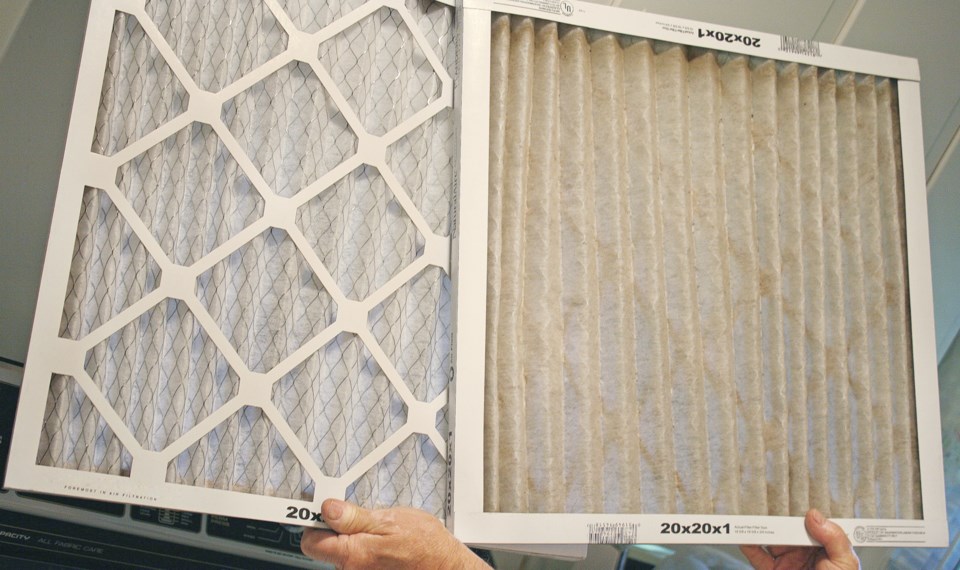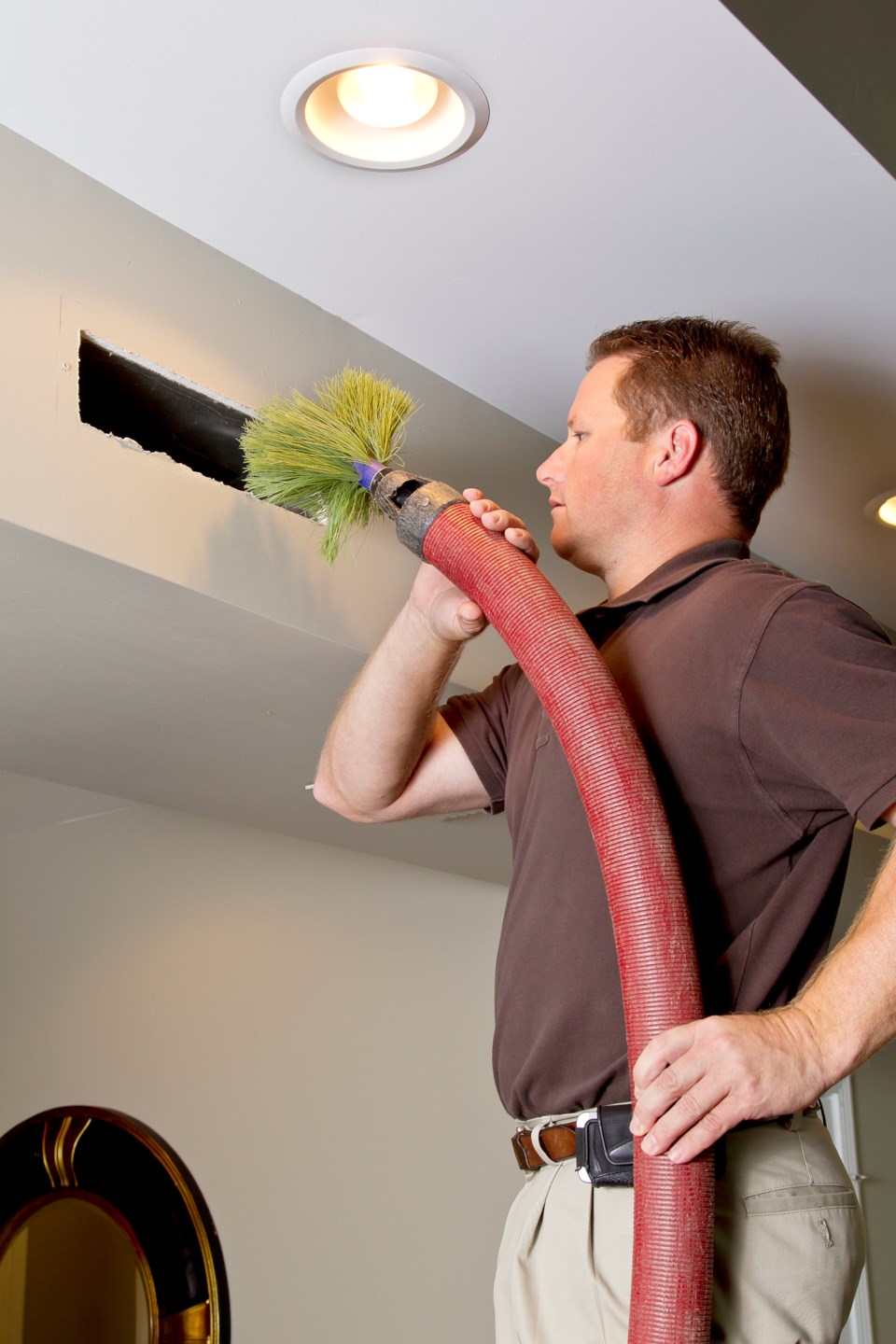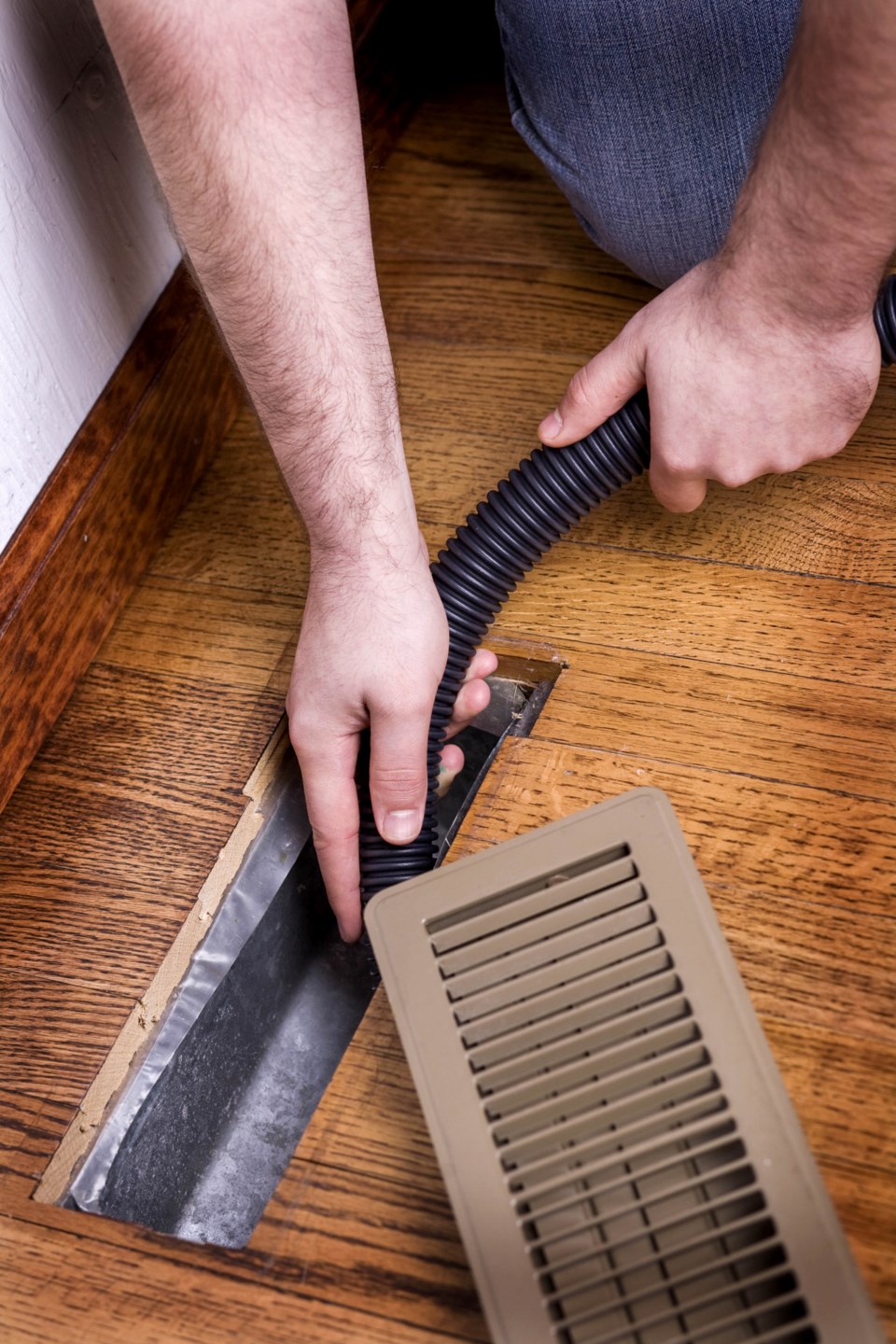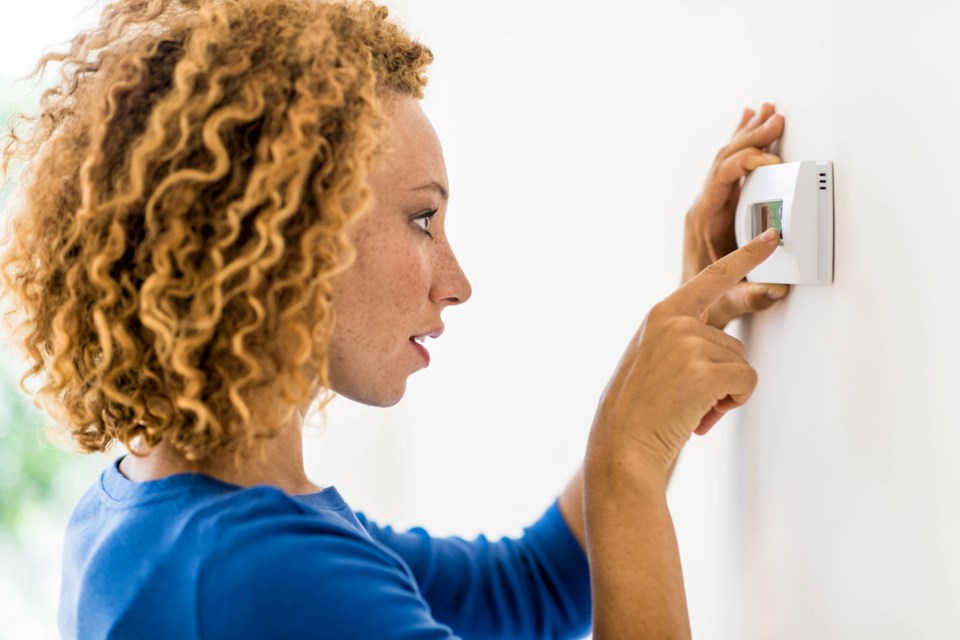With Canadians spending approximately 90 per cent of their time indoors, according to Health Canada, it’s no surprise heating and air conditioning is a multi-billion dollar industry. While winter’s chill is always to be expected in Airdrie, the frigid cold can put a freeze on funds and comfort if the heating system is not optimized.
“The furnace, the airflow, is the heart of the home,” said Jason Genovy, owner and operator of Airdrie Air Ltd. Heating and Air Conditioning. “You can go and do a renovation, do your kitchen, you can do your bedrooms, you can paint, you can do everything you want, but there's one thing you cannot change once it's done, and it’s the furnace and the ductwork.”
When airflow is restricted, maintaining a comfortable temperature throughout the home becomes difficult. Before considering the costly investment of a new furnace, Genovy recommends evaluating your home’s airflow first.

“We have a machine we can fit over each vent in your floor, and we take a reading,” he said, adding each vent's output should meet national standards.
“That machine doesn't lie, and that's what I usually tell people. Because we can put in 10 furnaces and they won't do any better if you don't fix the root cause that wasn't done right in the beginning.”
He said a dirty air filter is one of the biggest contributors to poor airflow, yet is something homeowners often neglect.
“When the air filter is not being changed, it causes airflow impedance that will cause your house to be hot or cold in certain spots,” he said. “It will cause overheating of the furnace, and it'll actually cause your gas bill to go up. So it all revolves around one little air filter, which is the most overlooked.”
Genovy added these temperature variations differ from those found in an undeveloped basement or north-facing rooms that don't get much sun.
He said Airdrie Air responded to several instances during the last cold snap where a furnace repetitively overheated, causing it to shut down, and in most instances, a dirty filter was to blame. He said that is when the company – which offers 24/7 emergency furnace repair service to Airdrie and Crossfield – is called out at 3 a.m. Those after-hours service calls come with a premium price tag and could have been prevented had the furnace been properly maintained.
Genovy said a common belief is to change the one-inch filter – the size most commonly found in homes – every three months. But he recommends homeowners shut the furnace off and check the filter each month.
“If it looks dirty, change it. When in doubt, change it out,” he said.

When selecting a filter, Genovy urges caution when it comes to advertisers’ claims. He said every filter has a minimum efficiency reporting value (MERV) rating, which measures how effectively the filter prevents air contaminants such as dust, allergens and microorganisms from passing through. The higher the MERV rating, the more contaminants it collects. Airdrie Air recommends a pleated filter with a MERV 8 rating.
“The biggest homebuilding stores out there will sell you ‘the most high-efficient one-inch filter,’” he said. “I won't say the name brand but they sell the thing for $30 to $40 for a one-inch throw-away filter. They tell you that it's the best filter in the world and they put it in and it literally causes your furnace to run horribly.”
Genovy said humidity is a huge factor in how warm the home feels.
“Higher humidity will actually make you feel warmer,” he said, equating it to how a bathroom feels warmer when the shower has been running.
He recommends a professional whole-home humidifier that uses the heating and central air system, allowing for better humidity control throughout the entire home. Homeowners with these tend to keep the temperature lower, which saves money.
According to Airdrie Air, turning the thermostat down just three degrees can reduce your heating bill by as much as five per cent.
Genovy said he likes to see humidity set between 15 to 40 per cent in Alberta homes. However, he cautions to keep the outdoor temperatures in mind because high humidity in the extreme cold could cause frost and ice build-up on the windows and lead to “attic rain.”

Ensuring the furnace is properly maintained is also key, according to Genovy. While annual furnace maintenance can go a long way in preventing expensive breakdowns, it is also about safety.
“To get a furnace serviced, you want to make sure your family is safe and not getting any chance of carbon monoxide poisoning or anything else that could be related to the furnace operation,” Genovy said. “We go through and we will lubricate or check anything out throughout the furnace, but at the same time, we're finding anything that could be a potential problem down the road.”
In addition to annual maintenance, he said ducts should be professionally cleaned every three to five years.
“Maybe sooner if you have animals or are located in a dirty area, like new construction areas, where you get a lot more dust or dirt rolling around,” he added.
Vents can also play a role in inefficient home heating, according to Genovy.
“A lot of people these days are getting new tiles or they're getting new hardwood floors. They're buying certain vents called hardwood floor vents – [these] are literally blocking off half the airflow that should come out of that vent,” he said. “They look great, but the problem is you're sacrificing your air now. Standard plastic ones, they're designed to put out the proper amount of [airflow]. Some of these wooden ones they’re building, they're just not pushing out the airflow and they're not going out the right direction.”

He said another mistake is shutting off too many vents. Closing one or two in an infrequently used room shouldn't be a problem, but shutting off vents throughout the whole main floor can cause premature furnace failure or breakdowns.
“If you envision your furnace like a sprinkler system, if you're running five sprinklers and you choked off two, the other three are going to go higher. That's the same way your furnace works,” Genovy said. “People don't understand that though, and when they start to shut off too many [vents] that furnace is trying to work harder and harder and it gets hotter and hotter. It can actually cause a major problem for your furnace.”
While much has been said of the energy savings from programmable thermostats, Genovy finds most people aren't using them correctly.
“I really believe that most programmable thermostats are running inadequately; they're not running properly. Most people don't have them set [correctly] or they don't understand them,” he said. “I just say, ‘If you don't understand it, take the programming out of the situation,’ because it can cause your furnace and your temperature in your house to go up and down so much, you never get a good consistency of temperature.”
He said the technology has advanced to the point where your thermostat can connect to your smartphone and warm the home as you approach. However, the main benefit is the lower heating bill that results when the thermostat is programmed to reduce heating at night and when people aren’t at home.
When it comes to heat seeping out your home, Genovy said inadequate attic insulation is the number-one culprit.
“As you heat your house, heat rises. It always falls to the top floor, hits, then it will go through your ceiling, and then it's going out and gets swept away through your soffit and your vents,” he said. “You'd be amazed at how many times people go up to the attic and go, 'Wow, there's hardly anything in here.' Because over the years, [the insulation has] either moved around or it's shrunk and dissipated.”

Another common area for heat to escape is through older windows that have lost argon – the gas used to fill the spaces between double- and triple-paned windows. Argon is an insulator because it does not conduct heat as well as air.
“As for loss on anything else, that would be door seals, window seals. If anything's leaking, it doesn't shut properly, that's where you lose your air,” Genovy said.
While ceiling fans can help push warm air down, the impact is felt the most in homes with high ceilings. Most homes have eight- to 10-foot ceilings and Genovy said he doesn’t find the use of ceiling fans to be “a huge beneficial factor unless you have a high enough ceiling to actually push it around.”
“We have some homeowners that will turn their fans on their furnace, and they just run them 24 hours a day because they like circulation going the whole time,” he said. “They like the movement of the air between the basement and upstairs to help create more of a consistency in temperature.”
Though comfort is a personal preference when it comes to temperature, ensuring your furnace has a clean filter and is well maintained will go a long way to optimizing the heat in your home.



